Christian Rysgaard rounds up the hot ticket items in the world of front-mounted thermal
Pulsar thermal imaging attachments Krypton FXG50 and Proton FXQ30 were tested by a broadsheet british magazin www.rifleshootermagazine.co.uk and we are pleased to publish the test review of the most popular thermal imaging clip-ons written by Christian Rysgaard (@jagtglimt)
I have seen a lot of night optics producers releasing new thermal clip-ons lately. Some solutions are all-round conversion kits where the exact same thermal units can be used as spotter, dedicated rifle sight or mounted as a clip-on to your day sight.
The base technology of the lens, sensor and screen is exactly the same; only the eyepiece or mount differs. Personally, I have not spent many hours with a clip-on system because I dedicated a rifle for night hunting quite early on and prefer using dedicated infrared rifle sights. But I succeeded in getting access to five of the best thermal clip-ons on the market at the beginning of 2021.
It is winter, we are in a Covid-19 lockdown and Danish laws dictate that the clip-ons can only be tested at the range. So, while these tests still have a big practical element, unfortunately it does not include any hunting. Alas, my dream scenario of roe during the day and boar by night will have to wait for Sweden and summer time!
All of the clip-ons were tested at the range with my Leupold VX-6HD 3-18x50 day scope. It’s a tried and tested unit that’s well suited for longer shots with a broad mag range. I don’t need to reach for the spotting scope when shooting out to 200m. But even at 3x, the magnification is just a bit too high to see the corners of the screen on any of the five clip-ons.
On the note of adapters, magnification and rifle scopes, I reached out to Blaser Group who lent me their driven hunt scope Blaser 1–7x28iC along with their brand-new rail-mounted adapter BL52. And what an amazing difference this makes for a thermal clip-on! The low magnification levels, combined with a large clear view-box, make this type of scope very well suited for attaching a clip-on. This is hands down the most solid and consistent clip-on adapter I have ever come across. A small stud attaches to the bottom of the rail of the scope and is used by the welldesigned, smooth locking mechanism to provide a rock-solid base, which can be unmounted, remounted and kicked around with absolutely no differences in point of impact!
Blaser makes three models of this adapter, M30, M43 and M52, and you can find thread converters to support mounting other devices with this adapter, including the Pulsar clip-ons.
Pulsar sent out their thermal clip-on Krypton in 2020, sporting a 50 mm lens in front of a 640x480 pixel thermal sensor with 12μm pixel pitch. This image is displayed on a ‘monochrome’ high-resolution screen and powered by their standard high-capacity battery pack IPS7 for 8 hours of continued usage and hot swap in the field.

Housing
The body is made of magnesium alloy and can take recoils of high caliber rifles. Right hand side has a small picatinny rail mounted on the cooling ribs and a USB-mini port for charging and data connection. The top has four buttons and a manual focus. Left side is taken up by the attached IPS7 battery pack.
Lens
The lens is a F50/1.2 at 50 mm for the narrowest horizontal field of view at 15.4m at 100m distance. With the high-resolution sensor this clip-on is definitely targeted at longer detection ranges, and could feel a bit awkward at short distances, losing a lot of overview.
Sensor
Sensor is 640x480 pixel resolution with 12μm pixelpitch and packs enough power to pick up thermal differences at great distances - the best in the test.
Screen
Krypton comes with a 1746x1000 AMOLED screen. To my surprise, Pulsar uses a monochrome screen on this device, but normal setting like white-hot or black-hot work perfectly fine on the monochrome screen and image is totally crisp and clear in your scope.
I really only noticed it because the menus that are rendered in the same color as the background and the red-hot I normally favor for quick detection mode was not available. Pulsar explained this as the display being subpixel optimized - rather than providing fake colours for different temperatures which takes four LED’s for each pixel, they choose to use two LED’s for each pixel, colour intensity indicating the temperature scale. This effectively doubles the resolution of the display and hence the clarity of the image that your scope is looking at. Works for me, but not something I have seen elsewhere.
Mount
I got the Pulsar PSP50 ring adapter mount for testing the two Pulsar clip-ons. It is constructed in low-weight aluminum alloy and supports manual x-y adjustment of the clip-on directly in the mount. This ensures optimal view of the center of the screen can be achieved and none of the other clip-on mounts supported this handy feature. You also get a series of insert rings to support a variety of outer diameters of your daytime scope. Quick release is pretty sturdy and easy to operate.
The use of inserts makes it a bit cumbersome to attach and detach the clip-on, unless you secure them with double-sided tape.
Zeroing
You zero the clip-on by holding the Menu button for 10 seconds. After this it is possible to move the display around so that the daytime scope reticle matches the point of impact on your screen. Unlike the other pulsar thermal products, you do not have the normally much appreciated support of a “freeze mode” during this process, so I suggest you clamp down your rifle quite thoroughly before embarking on this adventure.
Software
I tested version 4.7.000 of the OS on the clip-on. Pulsars uses a very handy circular menu for interaction, which is extremely easy to navigate, and all options were always perfectly visible in the scope.
The Krypton connects to the standard Pulsar Stream Vision smartphone app as all other Pulsar scopes by using the WIFI connection.
It supports streaming the view directly to your phone, downloading images and video and the occasional update to the software of your clip-on.
Battery
The sight uses pulsar IPS7 battery packs and provide enough power for 8 to 11 hours continued usage without using WIFI. You can swap the battery pack to a fresh one in the field or charge it using any power bank through a cable in the USB-micro port.
Extra
Krypton came with handy monocular quick release eyepiece so it can double as a spotter. I used this as I tested the software features, since it was slightly easier than messing around with a full rifle scope and it worked brilliantly. Also field-tested this as a spotter and it is possible to keep the mount on, while still using the eye-piece, to enable quick mount on the scope when you see something interesting - quite a neat feature.
Evaluation
This quite a beast and by far the best thermal and battery capacity in the test. You get a solid practical scope at the high end of the weight scale adding a total of 760g battle-ready weight with PSP50 mount and IPS7 battery. The combination of a huge 50mm lens, narrow field of view and a high resolution of sensor gives perfect opportunities for detecting game at long ranges and also deliver safe shots, but this obviously gives a slightly reduced overview at shorter ranges.
- Quick release eyepiece
- Really long operation time
- Mechanical adjustment of alignment in mount
- Extremely good thermal sensitivity, also as a spotter
- Long detection range for a clip-on and excellent image
❌ Heavy and quite bulky
Proton FXQ30 is the brand-new lightweight clip-on sight from Pulsar, released in April 2021 when this article is going to hit our readers. Think of the Proton as the frisky little brother to the Krypton clip-on with lower price, smaller and more tight form factor, lower weight, less thermal sensitivity and reach but still packing the full feature set of the Pulsar brand. This is much the same relation the Pulsar Axion thermal spotter models have to the Helion series.

Housing
The Proton housing has the APS5 battery running the full length of the body and mounted on top of the lens and screen. This makes the shape tall rather than round and somewhat matches the design from the Axion series of spotters (except for having the battery at the bottom). Right side holds the port for the USB-C connector for charging and data transfer. Left side holds a menu wheel with a push button in the middle for navigating the menu, as well as a button for standby and one for recording images and photos. The menu wheel function much like the Pulsar Digex scope and is an absolute joy to operate!
Lens
Pulsar uses a F30/1.2 lens giving a horizontal field of view at 21.8m at 100m distance. This provides an optimal overview. They have left out the manual focus adjustment to get the small details perfected and explains the fixed focus by wanting to keep the sight as light and cheap as possible. Besides, you do not get much benefit from a manual focus with a 17μm sensor and a 30 mm lens. Much the same reason why you see the same choice in Axion XM22 KEY.
Sensor
Proton has a 384x288 resolution sensor at 17μm pixel pitch with thermal sensitivity seemingly in the midrange of the scale.
Screen
The clip-on has a 1024x768 pixel resolution AMOLED color display with good crisp details.
Mount
I tested the Proton FXQ30 with the PSP50 mount from Pulsar, same as the Krypton - see details in that review. The eyepiece from the Krypton also fits the Proton fine, so it doubles as a thermal spotter and Pulsar refers to this combination as the Proton XQ. The eyepiece can be attached and detached while the PSP50 mount is secured to the clip-on, making it easy to switch between spotter and clip-on function, but not it is the handiest combination to fit in your pocket.
Zeroing
You enter the zeroing menu by holding the button of the dial for ten seconds. After that the screen can be centered to match the point of impact. Unlike all other Pulsar products, I have encountered, this one does not have a “freeze mode” during the zeroing, so clamp down the rifle thoroughly before you mess with the adjustment of the screen. Also remember that the PSP50 mount supports adjusting the screen center manually (not an easy task), so this software option can be left for the fine-tuning or if you give up on the manual adjustment.
Software
Pulsars uses a very handy circular menu for interaction, which is extremely easy to navigate with the dial button and all options were always perfectly visible in the scope. It differs slightly from the Krypton menu system, because the color screen allows support for changing between the normal color modes like red-hot and rainbow. Also, the dial button on the side is perfectly suited for the circular menu system and in general just speed up your menu selection and the precision of your operation. Great addition!
Like its bigger brother, the Proton connects to the Stream Vision app via WIFI and supports streaming direct to your phone, downloading images and video, software updates just like the Krypton.
Battery
The Proton comes with two APS5 batteries, which support a runtime of six hours each without WIFI enabled. You can easily hot swap the battery for a fresh one in total darkness, which I have done multiple times during hunts on the Axion and Thermion devices. The USB-C port allows for charging from any standard power-bank during operation, if you forget to pack a spare. The charger for the APS5 batteries can support fast charging (quite nice) using the supplied power supply or anything similar USB-C style.
Evaluation
Extremely handy thermal clip-on with a reduced and slightly different form factor. All parts of the design are updated and fresh with clear references to the Axion series. The only thing pulling my score down is the lack of manual focus adjustment. The optic is clearly intended for shooting at closer ranges.
- Lowest weight and shortest form factor in the test
- 2xAPS5 battery gives plenty of power, and easy to hot swap in field
- Dial button is fast and precise for menu interaction
- USB-C connection for fast charge and data transfer
❌ Lack of manual focus adjustment
I have added my personal evaluation of each of the scopes along with the review, showing good and bad thing that I came across.
The Pulsar Krypton FXG50 comes out strong with the high-resolution sensor and will make an absolute workhorse also at longer long distances for a full night of crop or lamb protection. Comparison to the other clip-ons could be considered a bit unfair, given the double resolution of the sensor, but it is definitively my favorite clip-on so far.
For the Pulsar Proton I would like to point towards the innovative design and reduced form factor.
 Thermion 2 LRF XL50
Thermal Imaging Riflescope
Thermion 2 LRF XL50
Thermal Imaging Riflescope
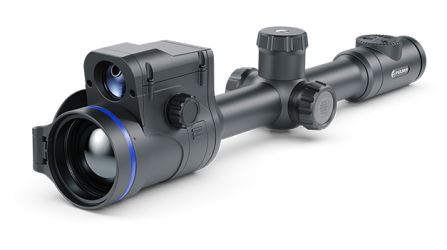 Thermion 2 LRF
Thermal Imaging Riflescopes
Thermion 2 LRF
Thermal Imaging Riflescopes
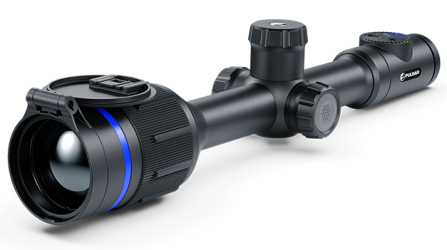 Thermion 2
Thermal Imaging Riflescopes
Thermion 2
Thermal Imaging Riflescopes
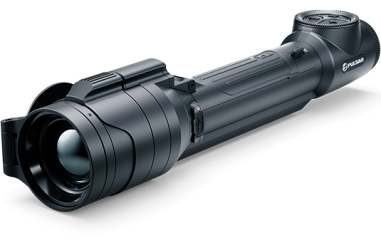 Talion
Thermal Imaging Riflescopes
New
Talion
Thermal Imaging Riflescopes
New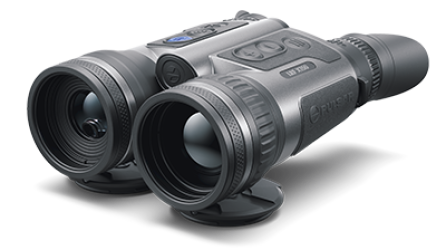 Merger LRF XT50
Thermal Imaging Binoculars
Merger LRF XT50
Thermal Imaging Binoculars
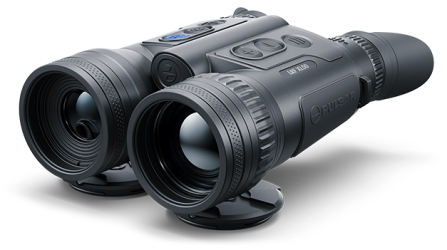 Merger LRF XL50
Thermal Imaging Binoculars
Merger LRF XL50
Thermal Imaging Binoculars
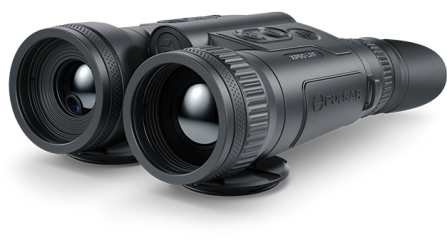 Merger LRF XP50
Thermal Imaging Binoculars
New
Merger LRF XP50
Thermal Imaging Binoculars
New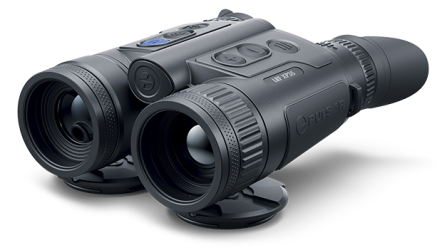 Merger LRF XP35
Thermal Imaging Binoculars
Merger LRF XP35
Thermal Imaging Binoculars
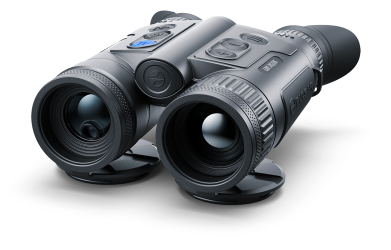 Merger LRF XQ35
Thermal Imaging Binoculars
New
Merger LRF XQ35
Thermal Imaging Binoculars
New Telos
Thermal Imaging Monoculars
New
Telos
Thermal Imaging Monoculars
New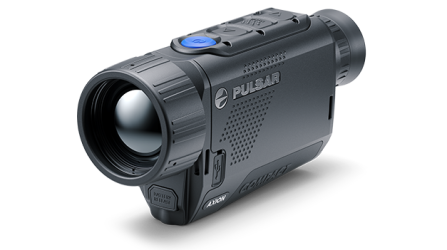 Axion Compact
Thermal Imaging Monoculars
Axion Compact
Thermal Imaging Monoculars
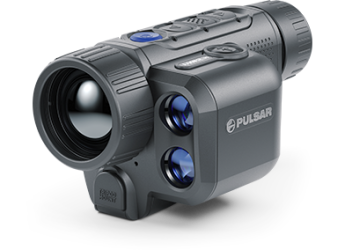 Axion 2 LRF
Thermal Imaging Monoculars
Axion 2 LRF
Thermal Imaging Monoculars
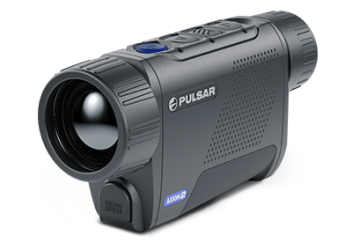 Axion 2
Thermal Imaging Monoculars
New
Axion 2
Thermal Imaging Monoculars
New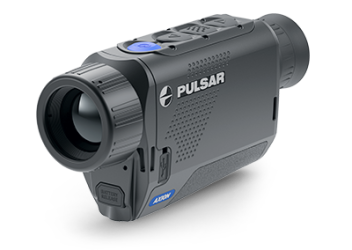 Axion XQ30 PRO
Thermal Imaging Monoculars
Axion XQ30 PRO
Thermal Imaging Monoculars
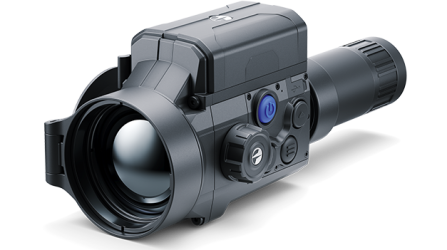 Krypton 2
Thermal Imaging Monocular
Krypton 2
Thermal Imaging Monocular
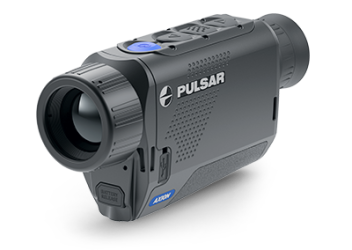 Axion XM30F
Thermal Imaging Monoculars
Discontinued
Axion XM30F
Thermal Imaging Monoculars
Discontinued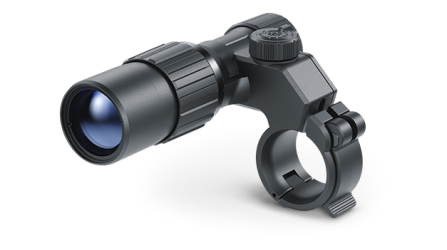 Pulsar Digex-XS
External Infrared Illuminators
Pulsar Digex-XS
External Infrared Illuminators
 APS Batteries
Battery Packs
APS Batteries
Battery Packs
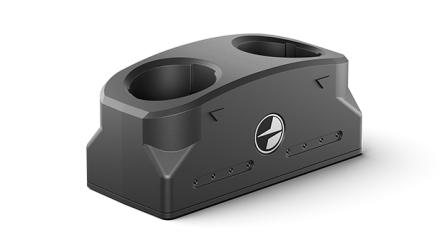 APS Chargers
Battery Chargers
APS Chargers
Battery Chargers
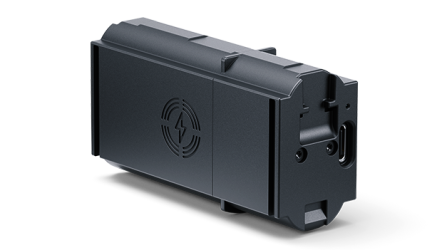 LPS 7i Battery Pack
Battery Packs
LPS 7i Battery Pack
Battery Packs
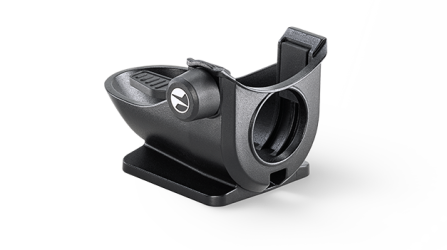 Telos LRF Tripod Adapter
Pulsar Accessories
Telos LRF Tripod Adapter
Pulsar Accessories
 IPS Batteries
Battery Packs
IPS Batteries
Battery Packs
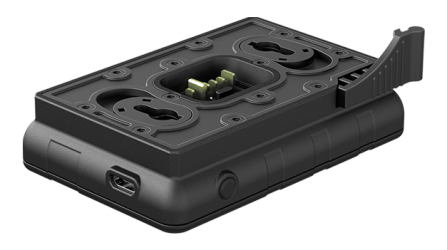 IPS Battery Charger
Battery Charger
IPS Battery Charger
Battery Charger
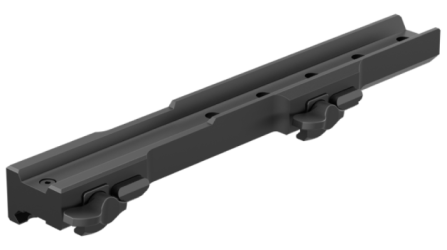 Rifle Mounts
for Pulsar Riflescopes
Rifle Mounts
for Pulsar Riflescopes
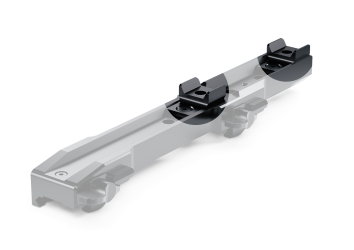 H7 Spacers
Repair Kits
New
H7 Spacers
Repair Kits
New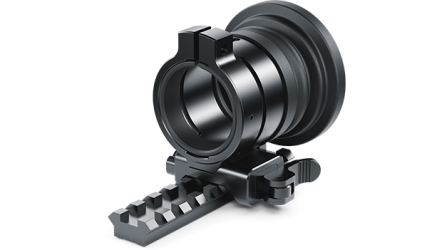 PSP-V Weaver Rail Adapter
Adapter
PSP-V Weaver Rail Adapter
Adapter
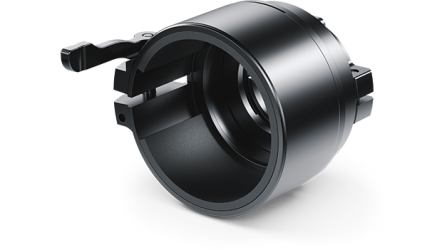 PSP Ring Adapters
Adapters
New
PSP Ring Adapters
Adapters
New PSP-B Ring Adapters
Ring Adapters
PSP-B Ring Adapters
Ring Adapters
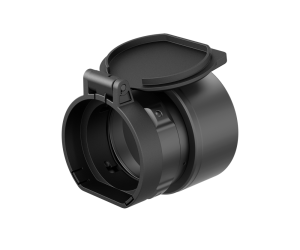 FN Adapters
Cover Ring Adapters
FN Adapters
Cover Ring Adapters
 Remote Controls
for digital devices and thermal imagers
Remote Controls
for digital devices and thermal imagers
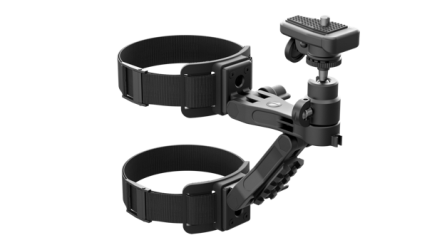 Tree mount
Pulsar Accessories
Tree mount
Pulsar Accessories
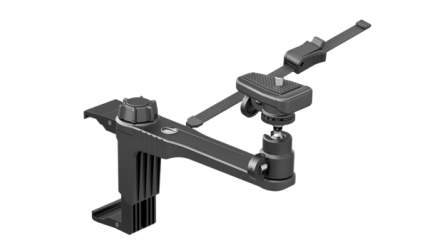 Window Frame Mount
Pulsar Accessories
Window Frame Mount
Pulsar Accessories
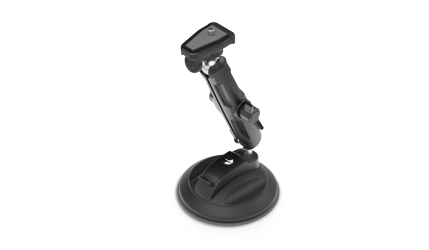 Flat Glass Mount
Pulsar Accessories
Flat Glass Mount
Pulsar Accessories
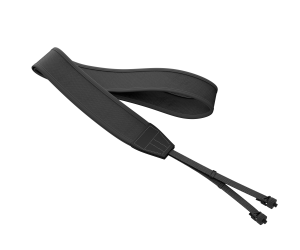 Neck Straps
Accessories
New
Neck Straps
Accessories
New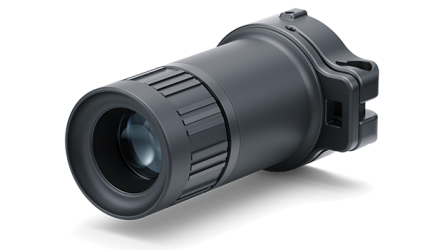 Monocular Pulsar 3x20 B
Accessories
Monocular Pulsar 3x20 B
Accessories
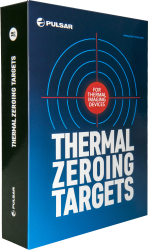 Thermal Zeroing Targets
Accessories
Thermal Zeroing Targets
Accessories









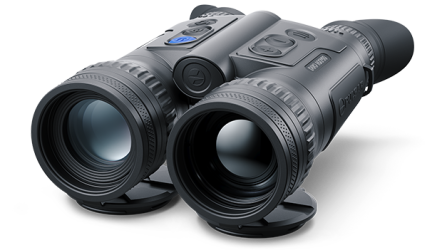
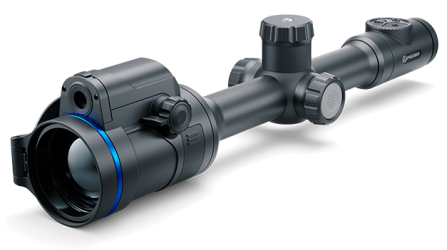
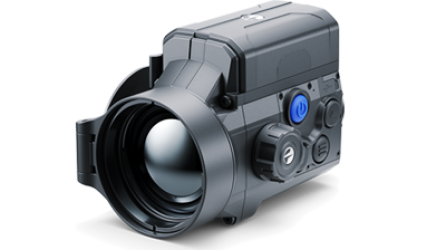
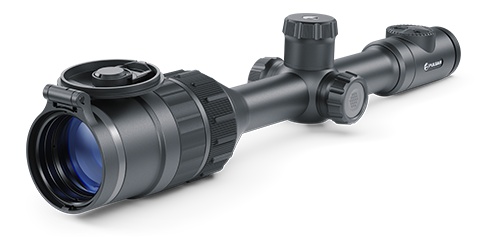
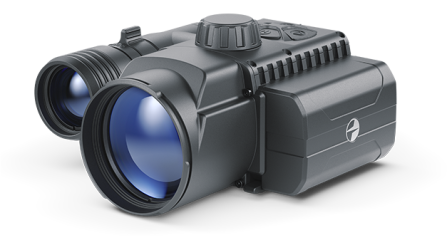
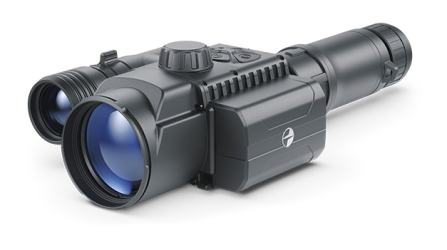



 English
English German
German French
French Spanish
Spanish Italiano
Italiano English
English Lietuvių
Lietuvių

